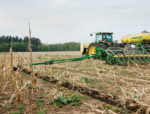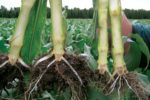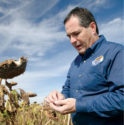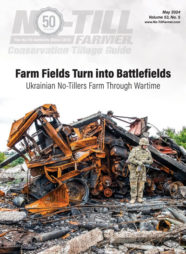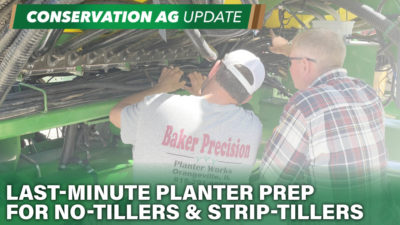Advertise Follow Us
Items Tagged with 'copper'
ARTICLES
Neal Kinsey breaks down real soil test reports, offers recommendations for correcting nutrient imbalances and adds what no-tillers should consider with their own soil test results.
Read More
No-Tillers Ready to Make Slight Cuts with Fertilizer
After increasing per-acre spends on fertilizer in 2014, no-tillers will try to trim expenditures mostly through cuts to soybean applications.
Read More
7th Annual Benchmark Study
High Yields Help No-Tillers Stay in the Black
Even as grain prices continued their slide, 8 in 10 no-tillers had a profitable 2014, and most plan to keep investing.
Read More
Copper Keys Plant Function, But Watch Out For Toxicity
Essential in all plants but needed only in small doses, no-tillers must identify a crop’s proper copper need to protect cell development and grain production.
Read More
What I've Learned from No-Tilling
Accepting and Conquering the No-Till Challenge
Advanced equipment, tiling and healthy soils help veteran Ohio no-tiller Keith Kemp in his quest for 300-bushel corn and 100-bushel soybeans.
Read More
Double-Digit Yield Boosts Seen With Fertilizer Additive
With prices higher than ever, corn and soybeans are meriting more top-end yield-producing products and fertility management.
Read More
Better No-Till Soils Require A ‘Balancing Act’
No-tillers should ensure farm ground is healthy and biologically active before turning to biological amendments, says a veteran no-till consultant.
Read More
What I've Learned from No-Tilling
5 Factors Help No-Tiller Come Out Ahead
Watching weather conditions at critical growing points, and annual soil testing, has helped Doug Goehring succeed at no-till.
Read More


